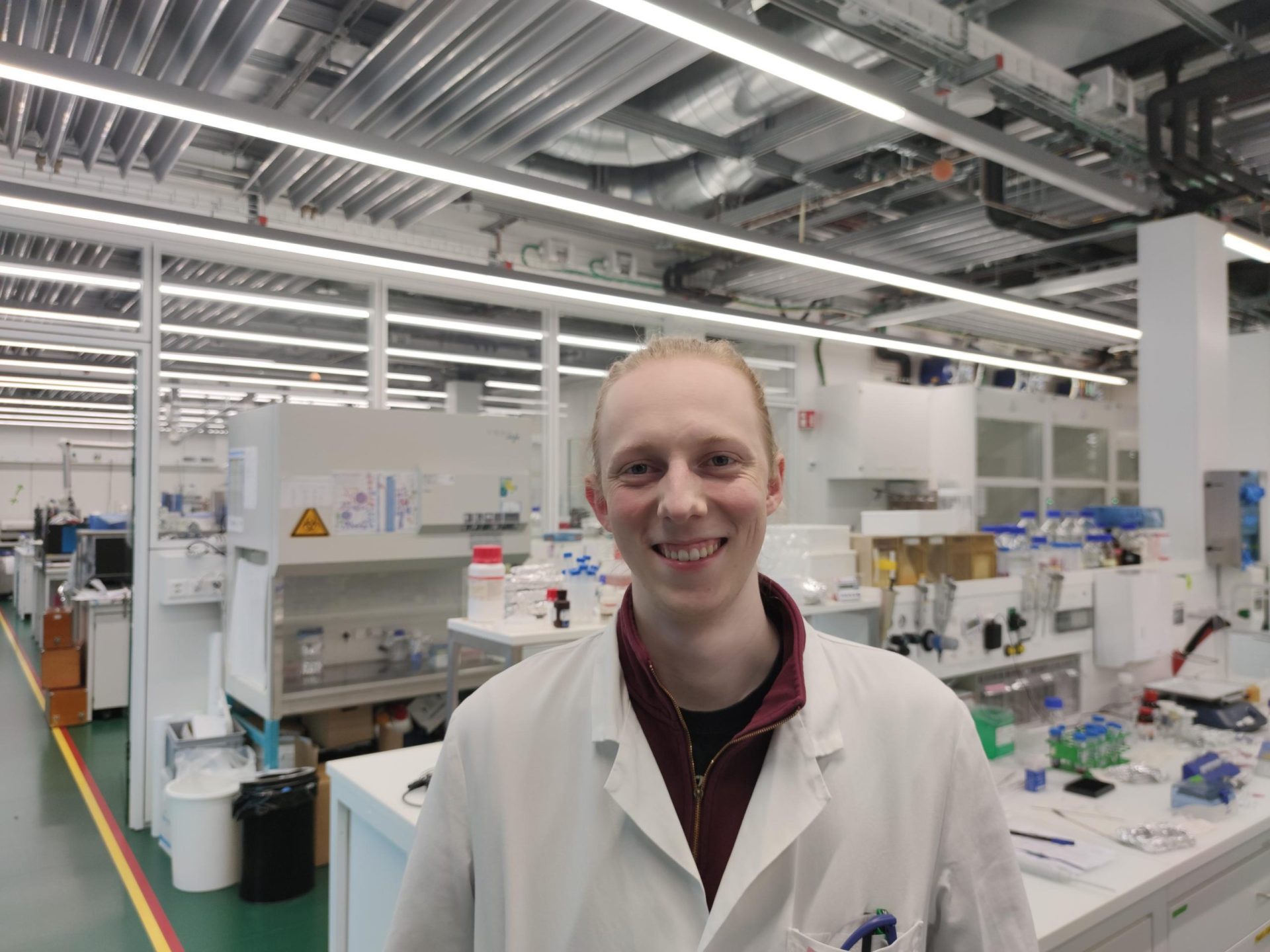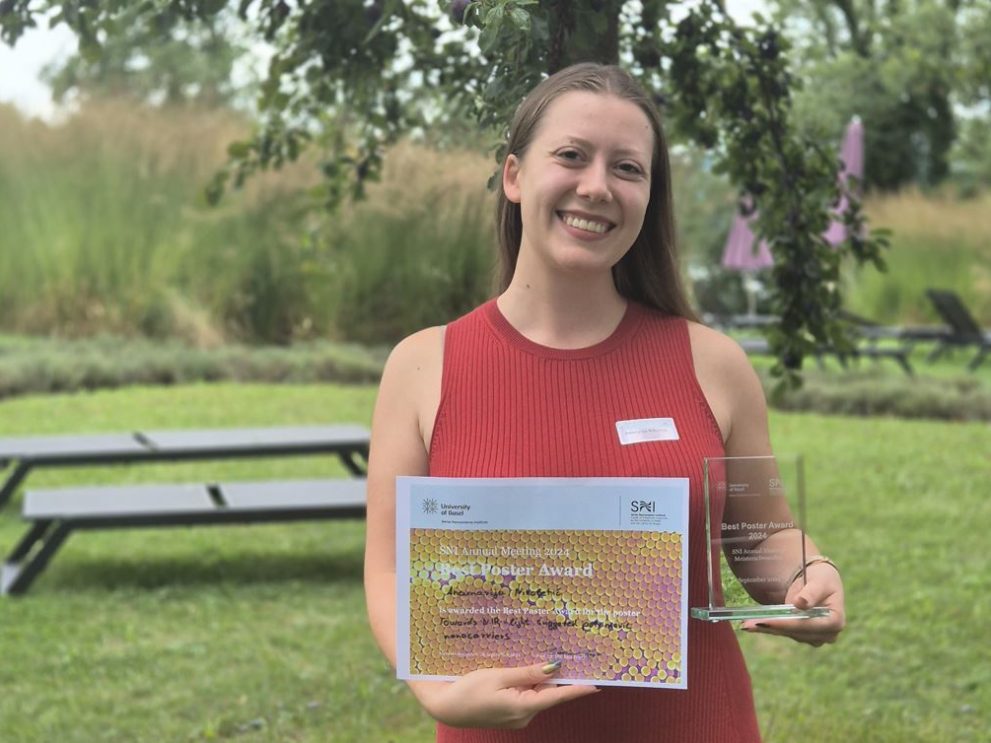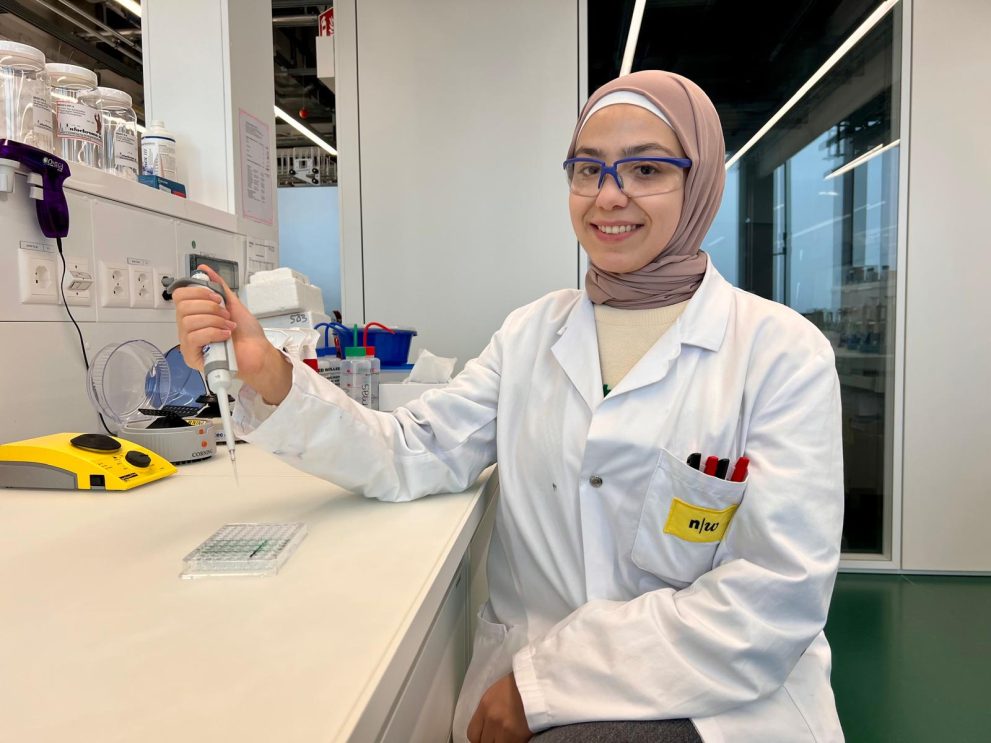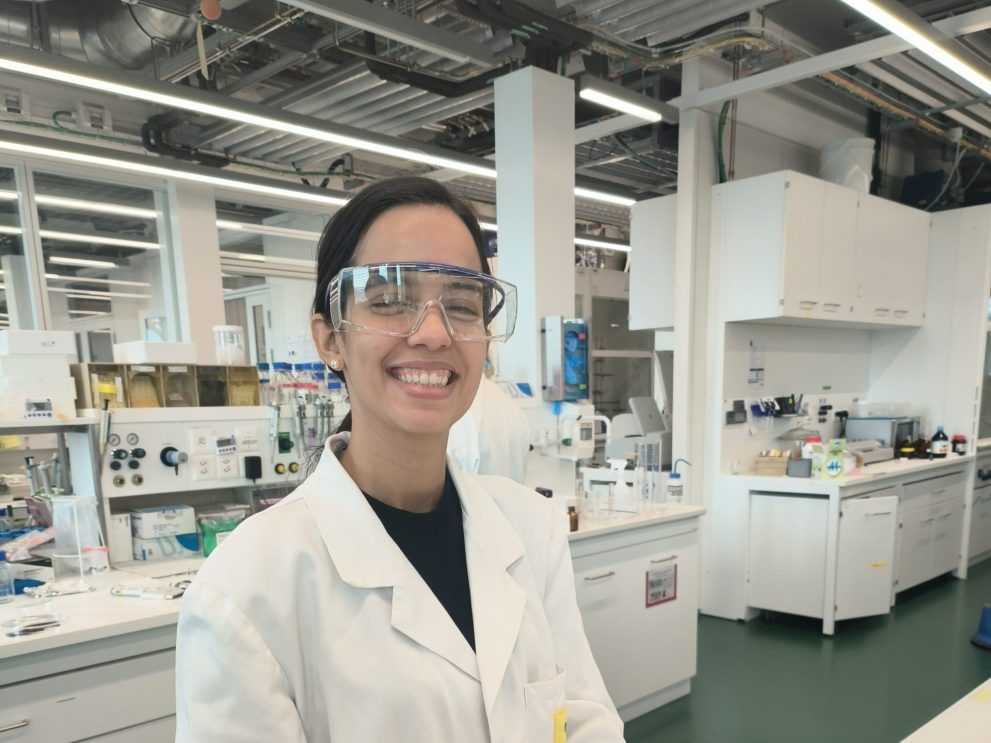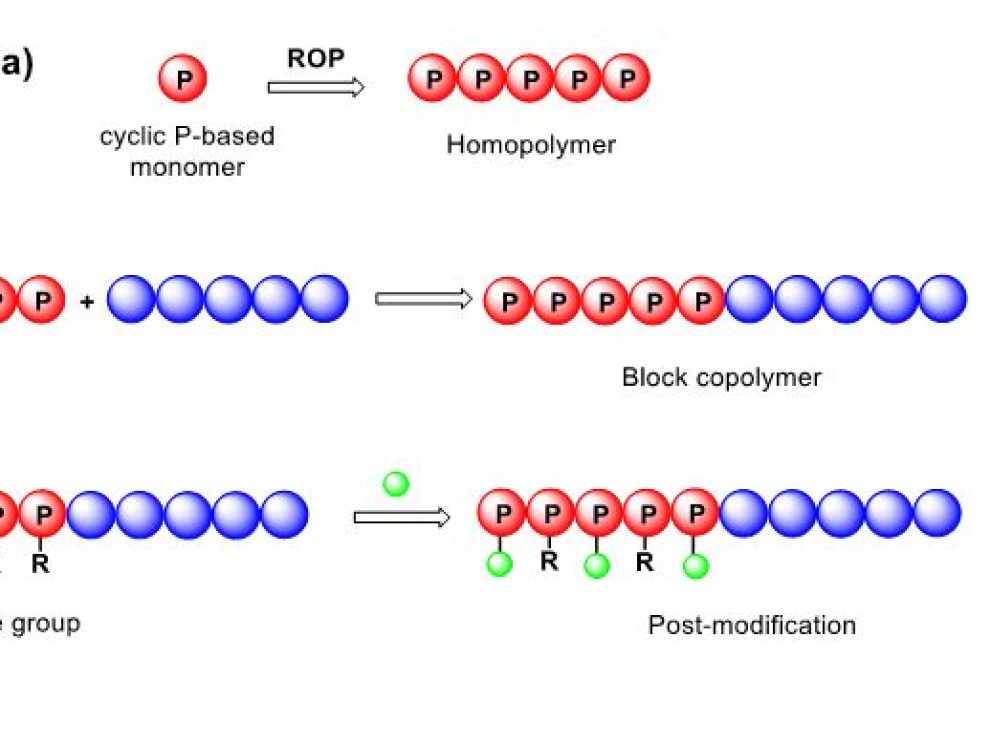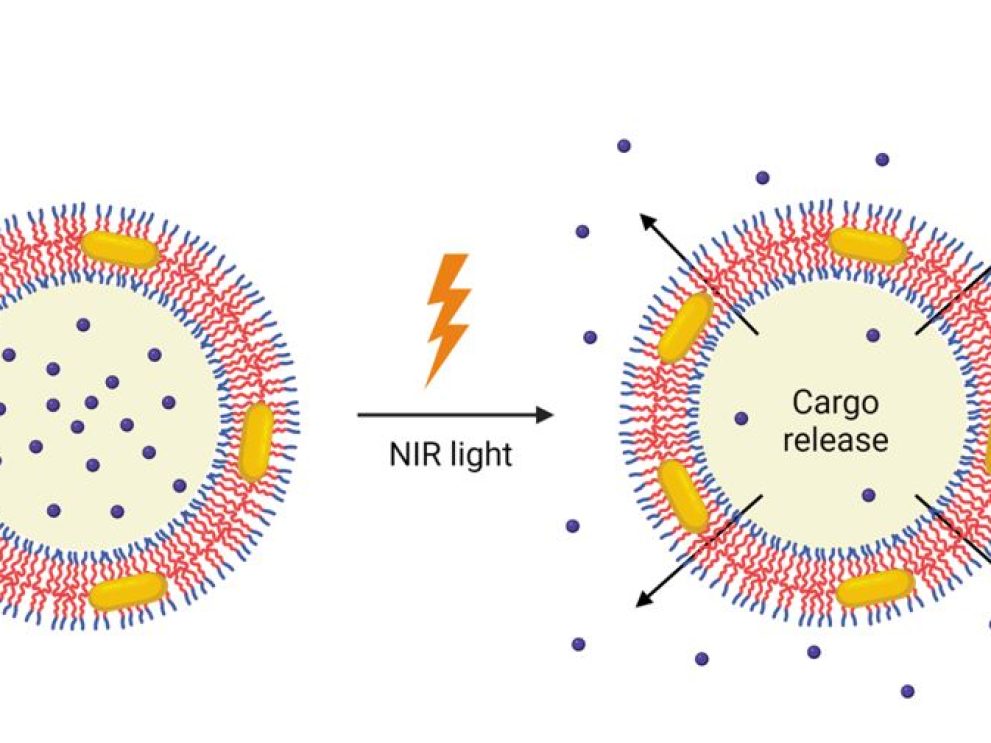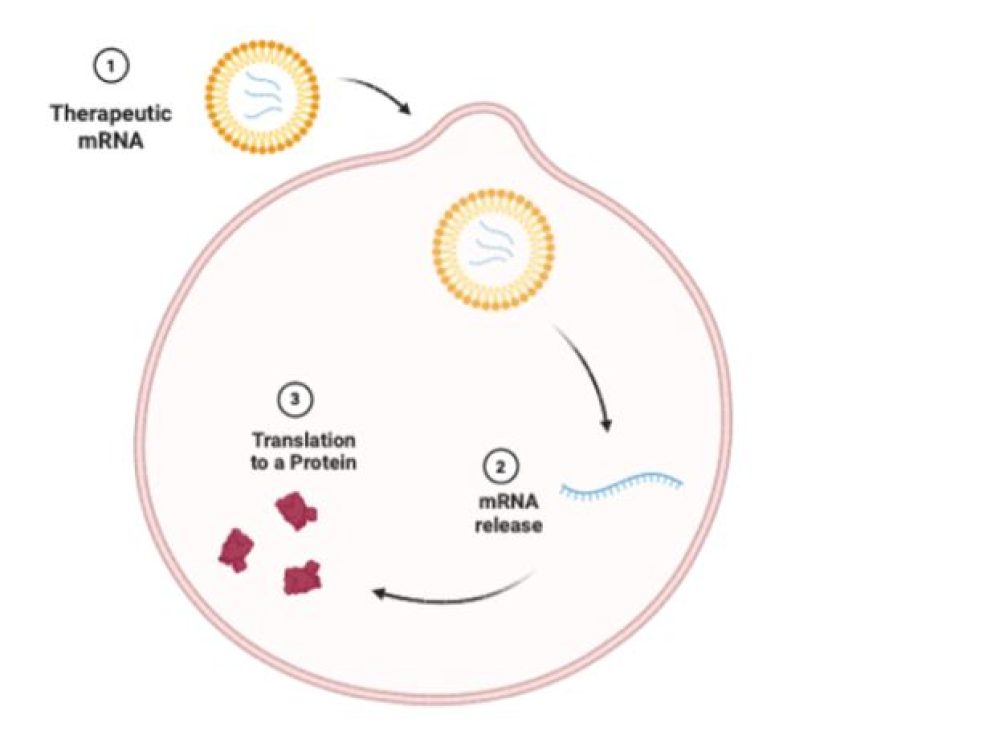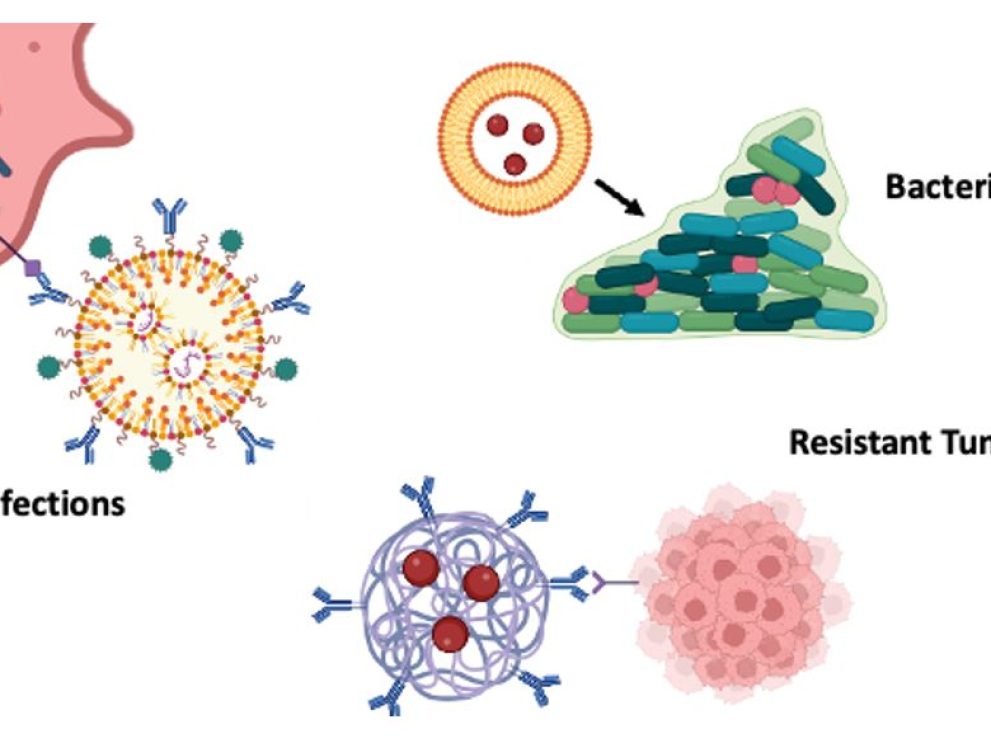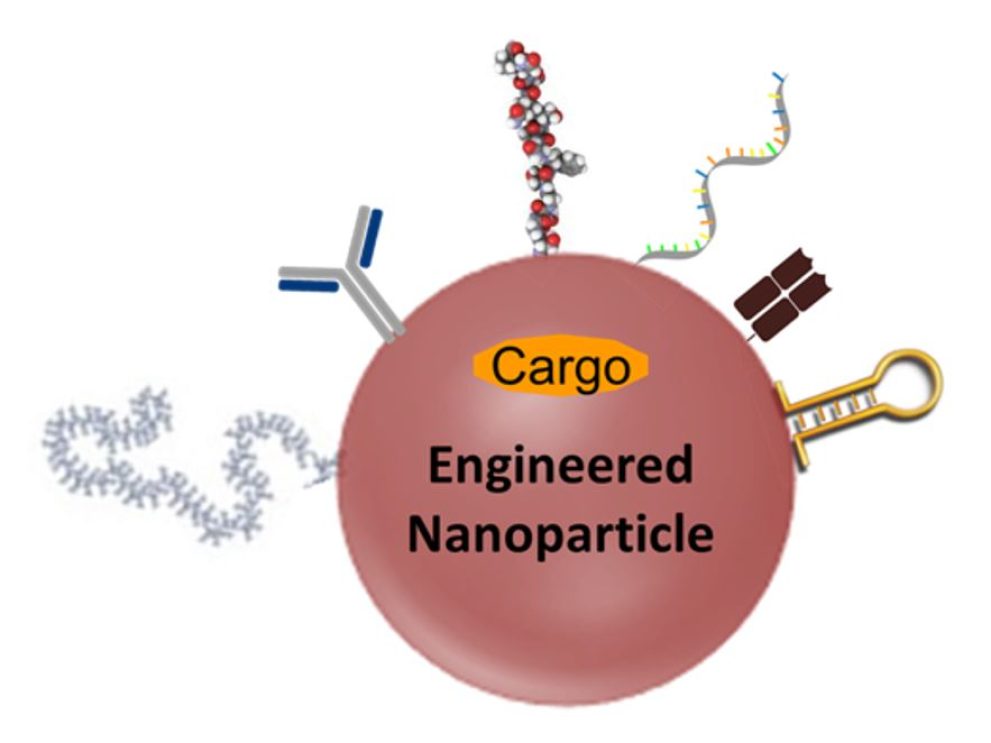Welcome to Timon Flathmann
Timon joined the ICB on January 15th. Find out about his research activities and interests here.
Further articles
Best Poster Prize for Anamarija Nikoletic
Anamarija Nikoletic, PhD candidate at the Group of Biointerfaces led by Prof. Dr. Oya Tagit, received the best poster prize at the Swiss Nanoscience Institute Annual Event. In her SNI PhD School project entitled “Multi-compartment nanofactories for on-site and on-demand drug synthesis and delivery”, Anamarija aims to develop triggerable, compartmentalized vesicles…
Welcome to Marta Maria Alves Pereira
Marta Maria Alves Pereira PhD candidate Ms Marta Maria Alves Pereira has been awarded a scholarship from the CAPES Foundation, an agency under the Ministry of Education of Brazil, to spend one month at the Group of Biointerfaces led by Prof. Dr. Oya Tagit. Marta will develop and characterize…
Multi-compartment nanofactories for on-site and on demand drug synthesis and delivery
We develop compartmentalized vesicles with internal compartments that can be triggered independently and selectively to release their cargo. Libraries of novel stimuli-responsive block co-polymers are prepared for vesicle formation, and release is actuated by external stimulus such as light, magnetic field, etc.
Nanocarriers for mRNA therapeutics
Combining the stability of polymers with transfection efficiency of lipids, we developed polymer-lipid hybrid nanoparticles, which can be stored as lyophilized powder and display long-term storage stability also in suspension. Lyophilization does not impair transfection efficiency.
Nanomedicine and theranostics
Diverse nanoparticle formulations based on polymers, lipids, and combinations thereof, loaded with (bio)therapeutics such as antimicrobial peptides, small molecule drugs, and nucleic acids are developed to combat infectious diseases and cancer. We further develop inorganic nanoparticles (metal and semiconductor) and drug-conjugated luminescent probes with cleavable linkers for simultaneous therapy and…
Tailor-made nanoparticles
Using top-down and bottom-up synthesis, encapsulation, surface engineering, and bioconjugation approaches, we develop nanoparticles with precisely defined and controlled size, morphology, composition, and surface functionality, and tailor them for the desired biological targets and functions.
